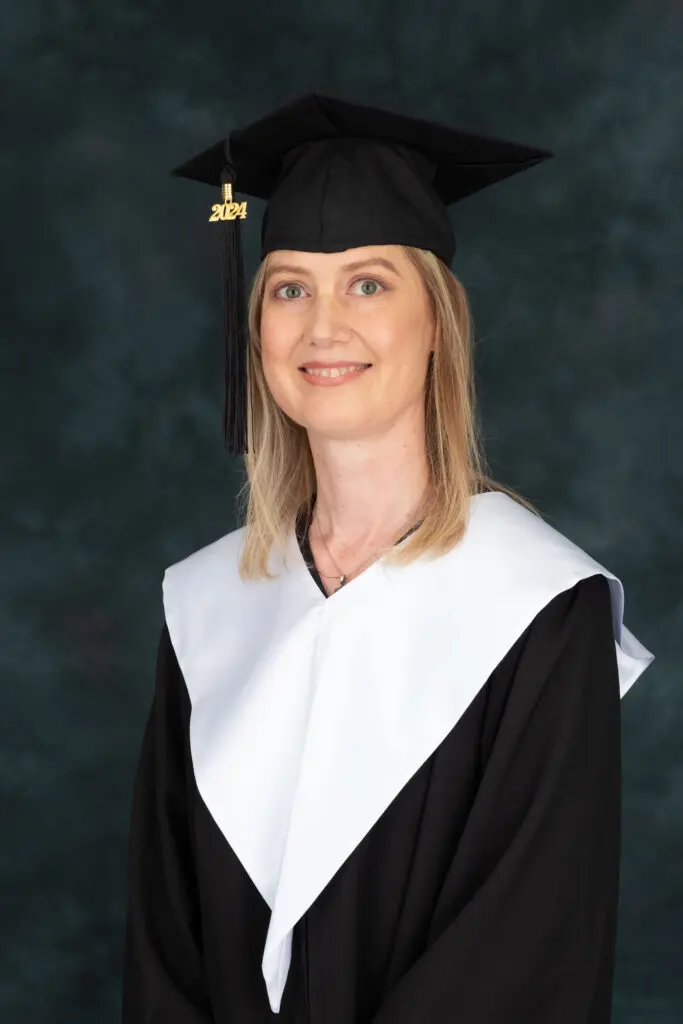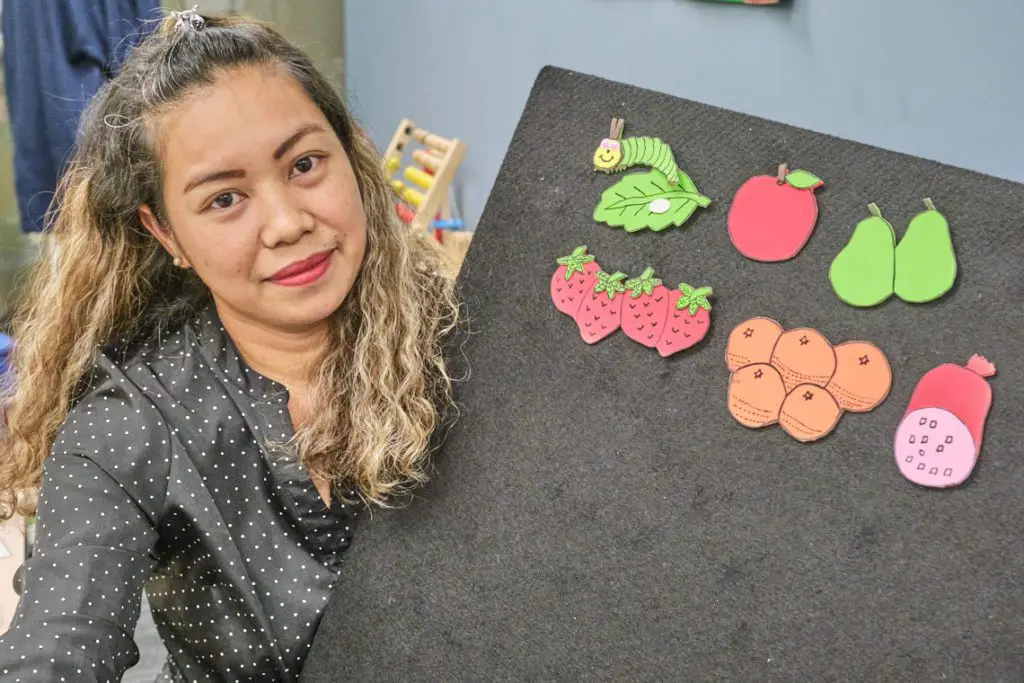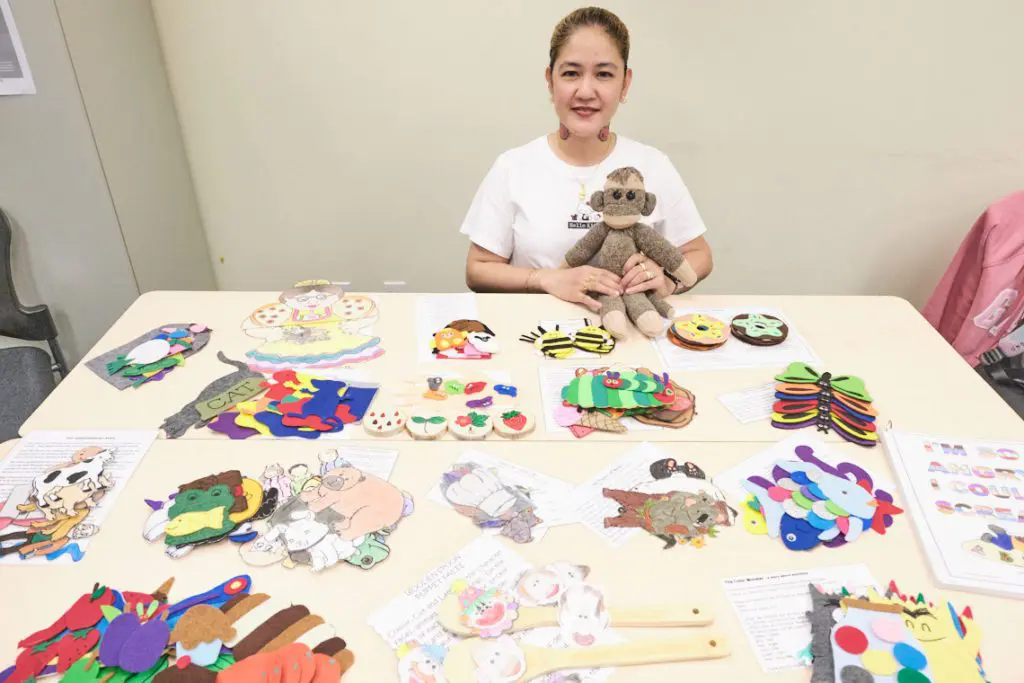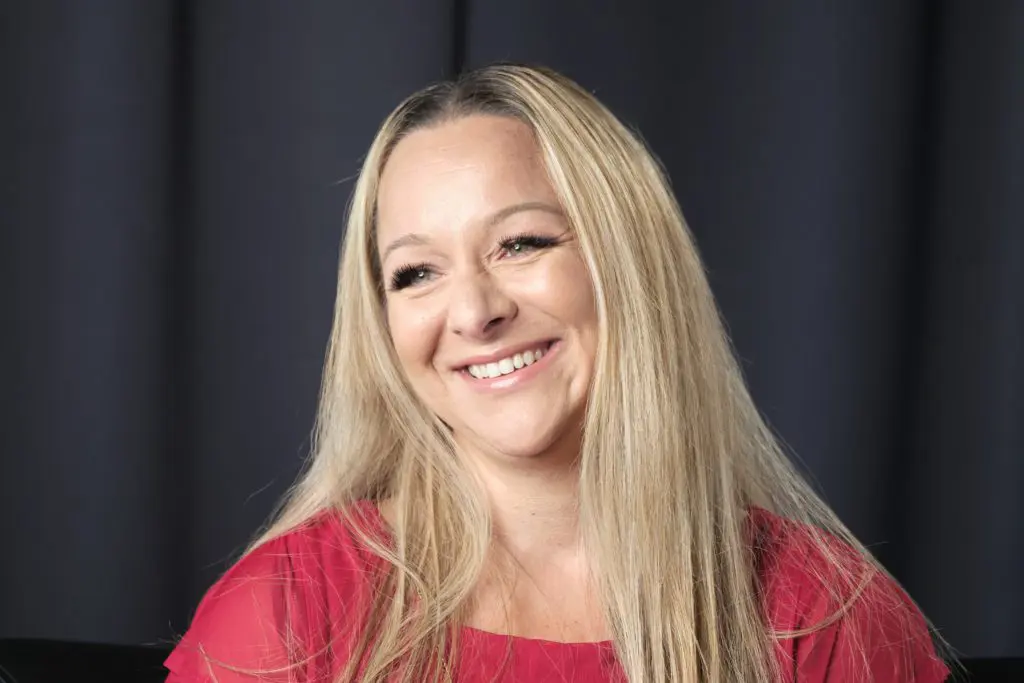In recent years, the educational community and society at large has grown to understand that learning disabilities do not have to stifle student growth and success. Research continues to reveal that the human brain is a complicated system, the inner workings of which scientists and medical professionals still do not fully understand.
Not half a century ago, young minds were censured and students were excluded from classrooms for not processing information in what was considered a “normal” way. Today, we recognize that everyone learns differently, and that teaching methods must adapt to different learning styles. If you’re interested in pursuing a career in education, here are a few common learning disabilities you will likely learn about in education assistant college, and encounter after graduation in inclusive classroom settings.
Dyslexia
Roughly 20 per cent of the population suffer from some kind of language-based learning disability. One of the most well-known and frequent learning impairments is dyslexia – the inability to decode individual words. It is most often known as a reading disability, and is quite common across all ages, genders and ethnic backgrounds. It’s important to diagnose dyslexia as early as possible, so the teacher or education assistant can implement interventions that help strengthen those crucial basic reading skills.
Attention Deficit Hyperactivity Disorder (ADHD)
Students in early childhood education training are often taught to keep a close eye out for symptoms of ADHD in children. Though it develops at a young age, rarely is ADHD diagnosed until early adulthood. A sufferer may have difficulty sitting still or maintaining focus on one subject for long periods of time. As a result, ADHD in young children is commonly seen as natural youthful impatience. ADHD was initially considered over-diagnosed when it first came to public knowledge, many criticizing the prescription drugs used to treat it. While the controversy still looms, the disability is no longer in doubt. In some cases, medication may be prescribed by a child’s physician, but there are also a range of adaptations and interventions education assistants can use to help students manage the condition.
Antisocial Personality Disorder (ASPD)
ASPD is generally considered a behaviour disorder that, if left untreated, could grow increasingly disruptive in an individual’s life. It is characterized by a blatant disregard for the rights of others. A lack of moral clarity or even a basic sense of right or wrong could also be lacking in a child with this disorder. It is important to recognize ASPD early on in young children, as the disorder has ties to psychopathy which often includes risk-taking tendencies – not to mention problematic classroom behavior.
Oppositional Defiance Disorder (ODD)
Until recently, ODD was not really considered a behavioural disorder or impediment to learning, but rather just the general disposition of typical teenagers. Though there is some truth to the standard cliché of the rebellious teen, the Diagnostic and Statistical Manual of Mental Disorders has noted that in some cases, forceful resistance is actually the result of a clinical condition. To meet the diagnostic threshold of ODD, a child must display four of the eight common symptoms. These symptoms include frequent temper tantrums, actively seeking to disobey authority figures, performing actions to deliberately annoy others and being easily annoyed themselves.
An important part of earning an education assistant diploma is developing an awareness of how learning disabilities present themselves in students. With this knowledge comes a better understanding of student needs, and the tools best suited to intervene with support when it’s needed most.
What other learning or behavioral disabilities do you think impact students most?










